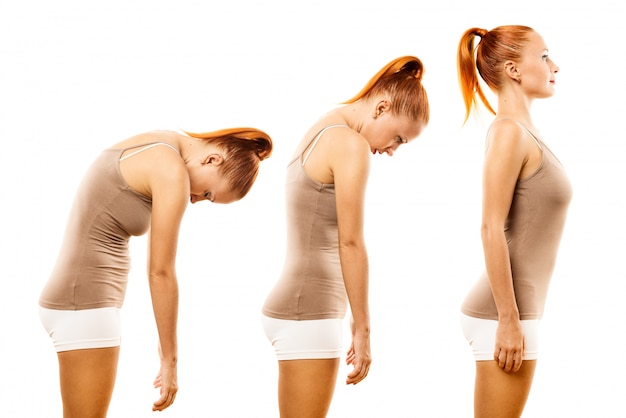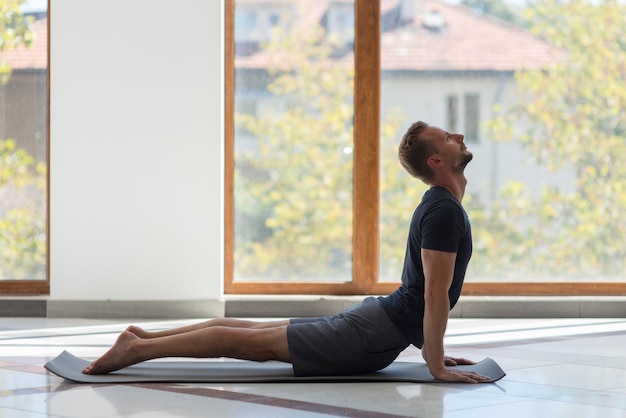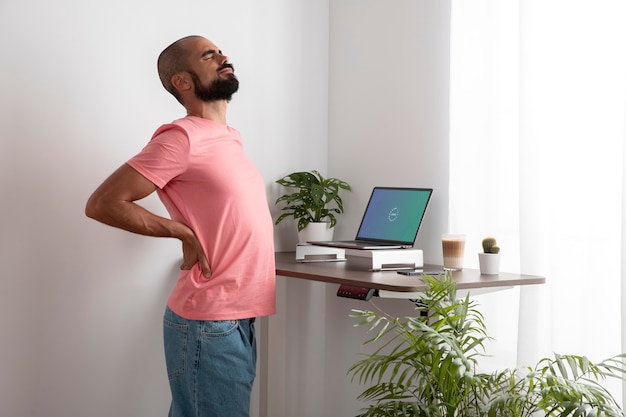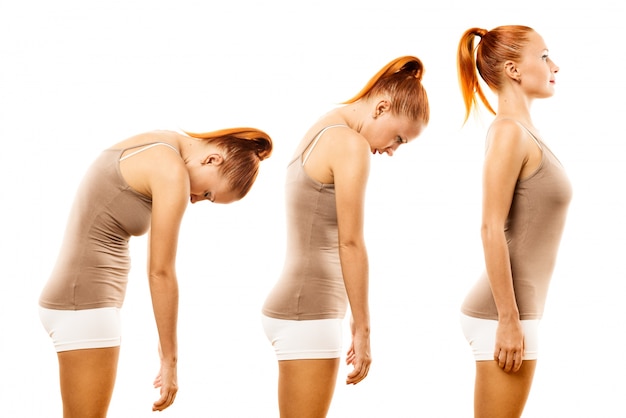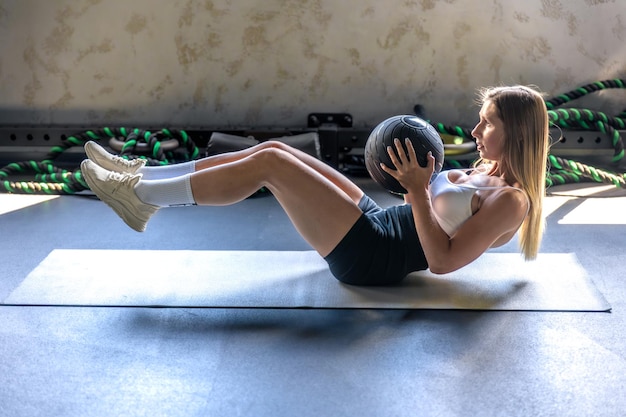35 Habit-First Home Workouts for Desk Workers: Transform Your Posture with Proven Daily Actions & Progress Trackers
Spending hours at a desk can silently damage your posture, leading to neck pain, back stiffness, and reduced energy. The good news? You don’t need a gym or expensive equipment to reverse the damage. With targeted, habit-based home workouts, desk workers can reclaim their posture, boost energy, and enhance focus—one small step at a time.
This guide delivers 35 practical, science-backed tips focused on building sustainable habits. Each includes actionable steps and clear progress checks so you can see real improvement within weeks.
Why Posture Matters for Desk Workers
Poor posture from prolonged sitting leads to muscle imbalances—tight chest muscles, weak upper back, and slouched shoulders. Over time, this can cause chronic pain, reduced lung capacity, and even impact mood and concentration.
The solution isn’t just stretching—it’s consistent, micro-integrated movement that builds strength and awareness daily.
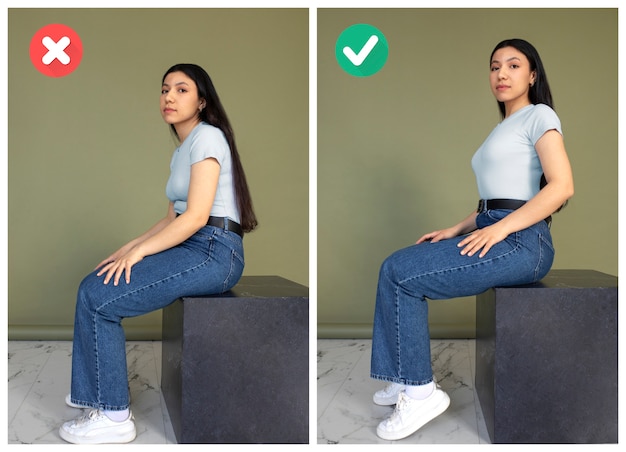
The Habit-First Approach
Instead of overwhelming routines, focus on tiny, repeatable actions. Habits stick when they’re easy, tied to existing cues, and deliver quick wins. Use the “2-Minute Rule”: start with movements that take less than 120 seconds.
35 Actionable Home Workout Tips to Fix Posture
- Stand every 30 minutes – Set a timer. Stand, stretch arms overhead, and take 5 deep breaths. Progress check: Track daily stands; aim for 12+.
- Wall angels daily – Stand against a wall, slide arms up and down slowly. Do 2 sets of 10. Check: Notice reduced shoulder tension in 2 weeks.
- Chin tucks at your desk – Gently pull chin back to align head over spine. Do 3 sets of 10 hourly. Check: Reduced neck strain.
- Doorway chest stretch – Place forearms on doorframe, step forward gently. Hold 30 seconds, 3x/day. Check: Improved shoulder mobility.
- Seated spinal twists – While sitting, twist gently to one side, hold 20 seconds. Repeat both sides. Check: Easier rotation over time.
- Glute bridges before bed – Lie on back, lift hips, squeeze glutes. 2 sets of 15. Check: Reduced lower back tightness.
- Plank for 20 seconds post-brushing – Pair with morning/evening routine. Check: Increase hold time weekly.
- Scapular retractions – Sit tall, squeeze shoulder blades together. Hold 5 seconds, 10 reps. Check: Improved sitting alignment.
- Standing desk setup check – Monitor at eye level, elbows at 90°. Check: No neck craning after adjustment.
- Posture selfie every Monday – Take a side-profile photo. Compare monthly.
- Use a lumbar roll – Support lower back while sitting. Check: Reduced slouching.
- Neck side bends – Tilt ear to shoulder, hold 15 seconds each side. Check: Less stiffness.
- Shoulder blade squeezes during calls – Do 10 reps per call. Check: Improved endurance.
- Wall sits for 30 seconds – Builds leg and core stability. Check: Longer hold time.
- Deep breathing breaks – 4 seconds in, 6 out. 5 cycles hourly. Check: Calmer, better oxygen flow.
- Y-T-W exercises – Lie face down, raise arms in Y, T, W shapes. 8 reps each. Check: Stronger upper back.
- Standing calf raises – While brushing teeth. 2 sets of 15. Check: Improved circulation.
- Forward fold stretch – Stand, bend at hips, reach for toes. Hold 30 seconds. Check: Reduced hamstring tightness.
- Forearm stretches – Extend arm, gently pull fingers back. 20 seconds each. Check: Less wrist strain.
<20>Hydration + stretch combo – Every time you drink water, do 5 shoulder rolls. Check: Increased movement frequency.
- Evening cat-cow stretch – 1 minute on floor. Check: Improved spinal flexibility.
- Use a foam roller twice weekly – Focus on upper back. Check: Reduced muscle knots.
- Single-leg balance drills – Stand on one foot while waiting. 30 seconds each. Check: Better stability.
- Thoracic spine rotations – Seated twist with hands behind head. 10 reps/side. Check: Easier turning.
- Resistance band rows – Anchor band, pull elbows back. 2x15. Check: Stronger back muscles.
- Standing hip flexor stretch – Lunge position, tuck pelvis. 30 seconds/side. Check: Less lower back pain.
- Posture reminder app – Use gentle alerts. Check: More frequent corrections.
- Evening walk + shoulder rolls – 10-minute walk with 10 rolls every minute. Check: Improved evening comfort.
- Sleep on your back with pillow under knees – Supports spine. Check: Morning stiffness reduction.
- Monitor screen brightness and position – Reduce neck strain. Check: Less eye and neck fatigue.
- Use a standing mat – If using a standing desk. Check: Reduced foot fatigue.
- Weekly posture journal – Note pain levels, energy, and progress. Check: Clear trends over time.
- Monthly progress photos – Track alignment changes. Check: Visible improvements.
- Pair stretches with TV time – Stretch during ads or shows. Check: Consistent habit.
- Invest in an ergonomic chair – Or use cushions for support. Check: Comfortable sitting for longer.
- Celebrate small wins – Reward consistency, not perfection. Check: Higher motivation.
Track Your Progress: Simple Checks That Work
- Take weekly side-profile photos.
- Rate daily pain on a 1–10 scale.
- Log how many posture corrections you make.
- Measure hold times for planks or wall sits.
- Note energy levels before and after routines.
Consistency beats intensity. Focus on doing a little every day. Within 4–6 weeks, you’ll notice standing taller, breathing easier, and feeling stronger—no gym required.






